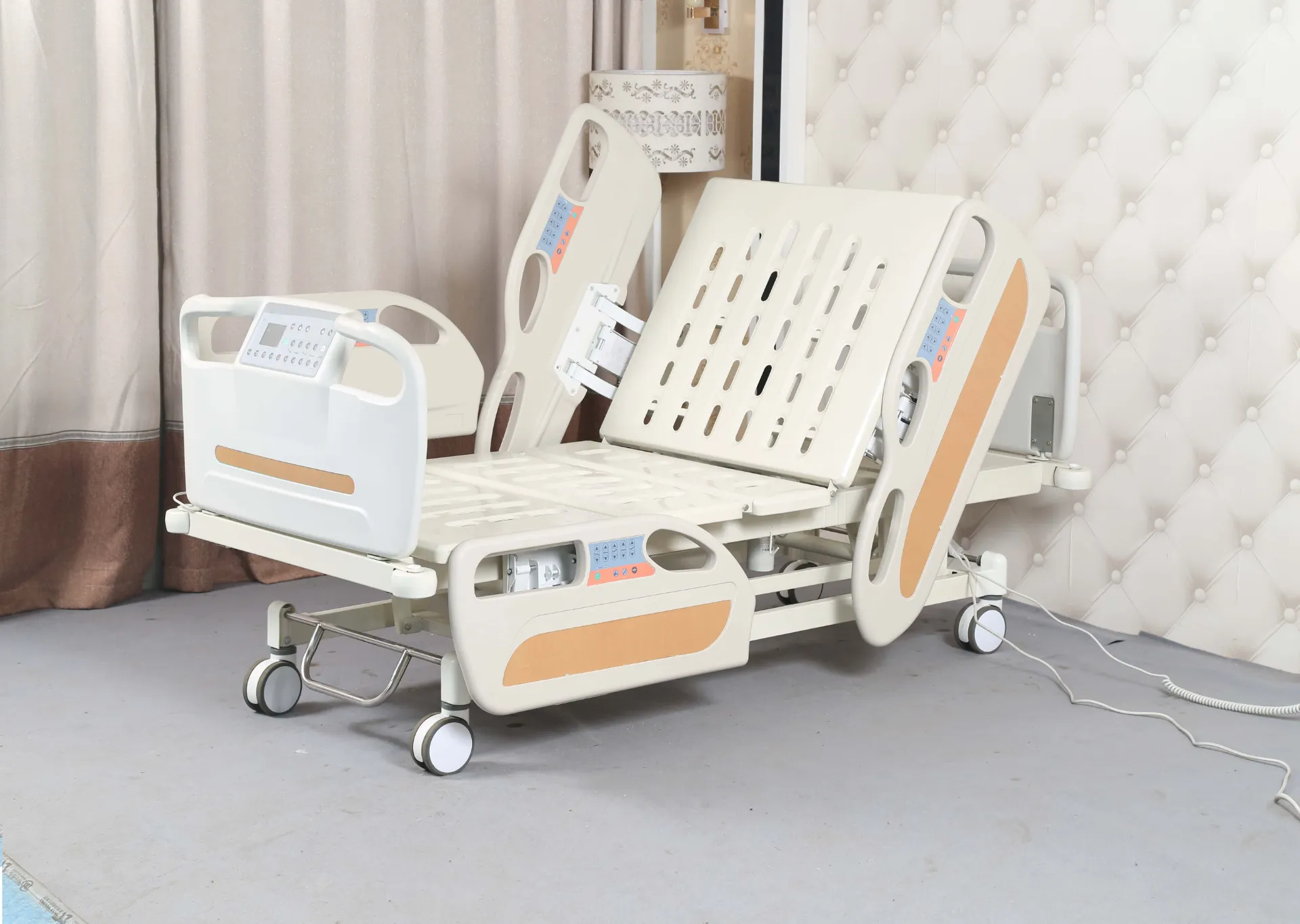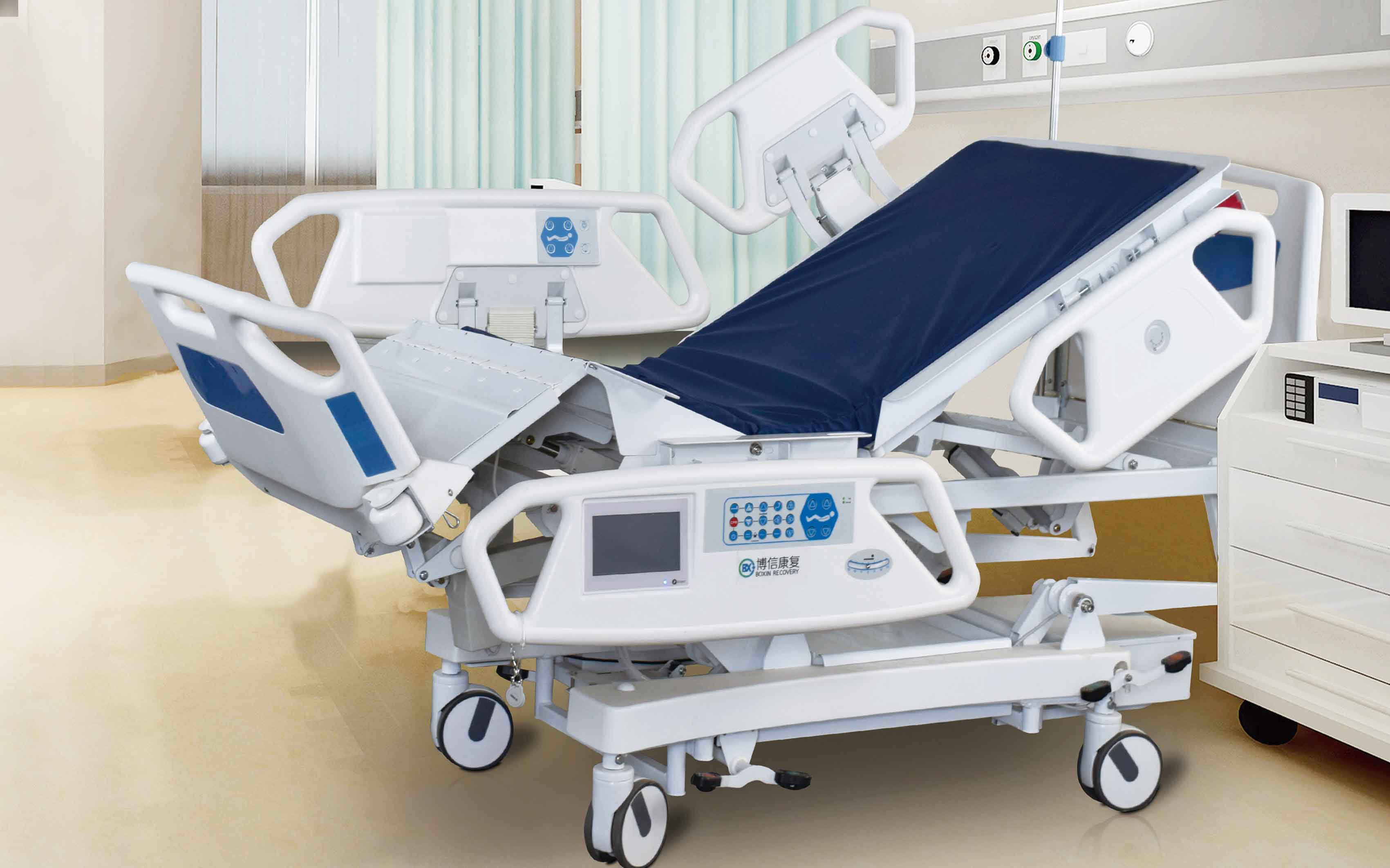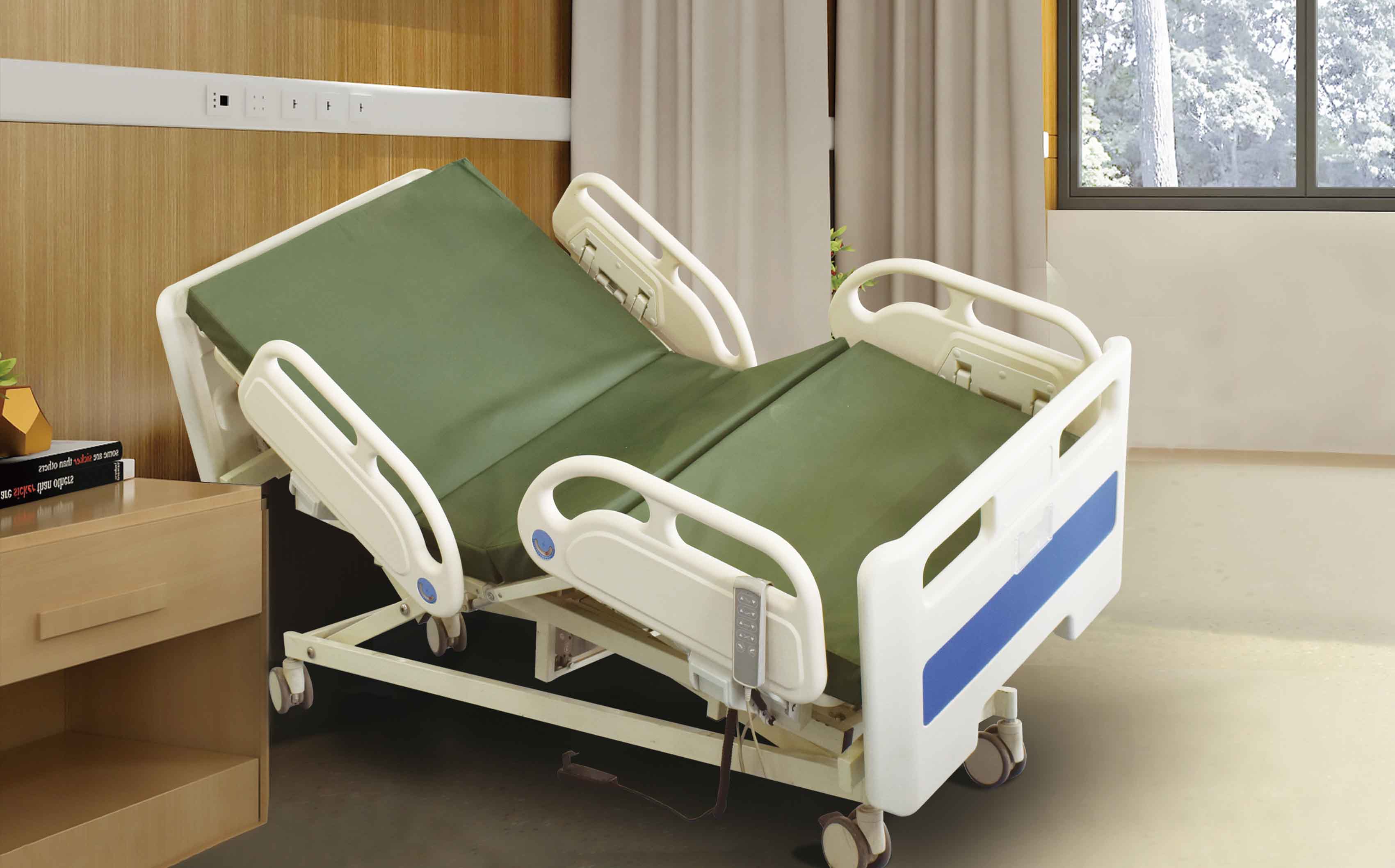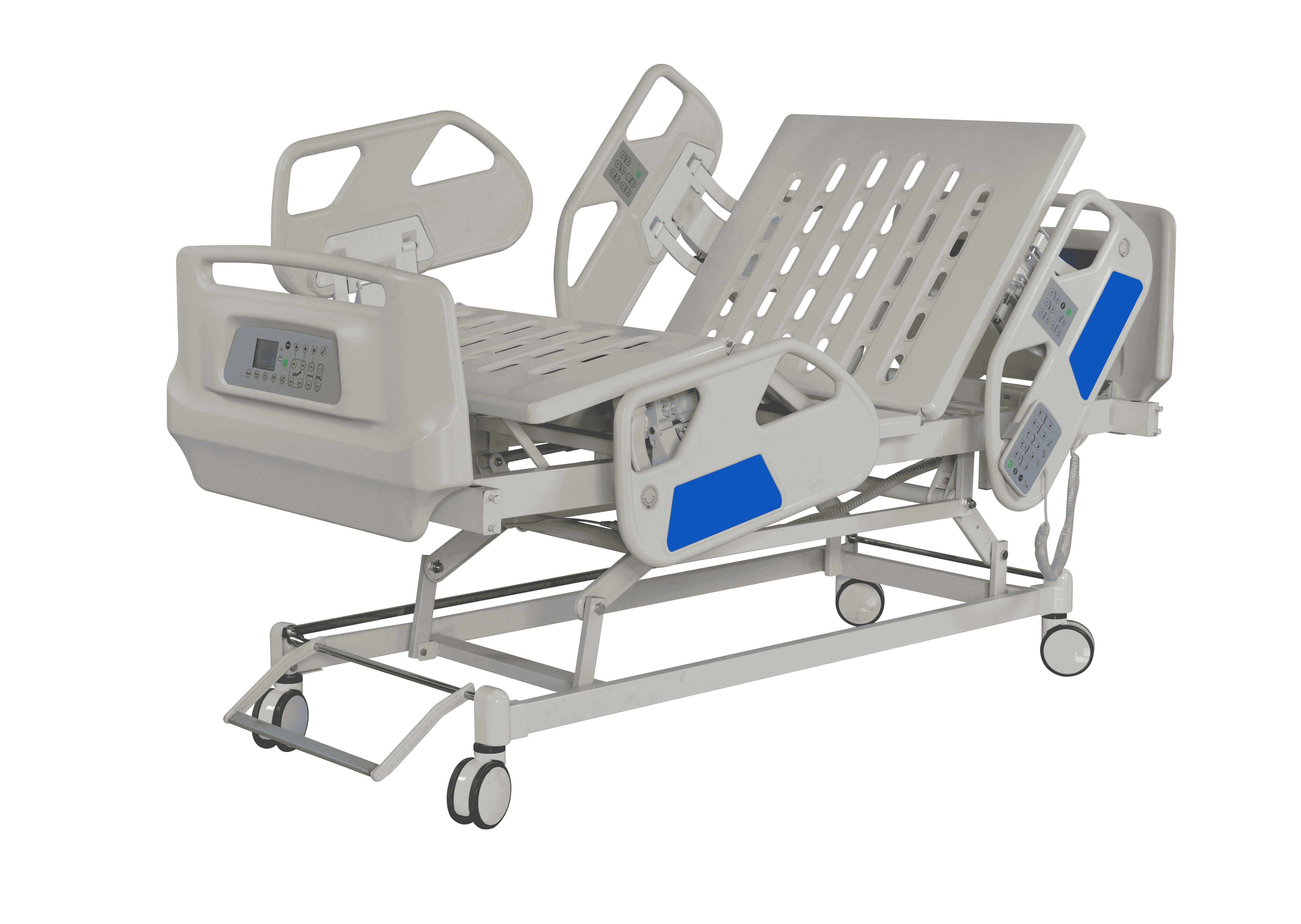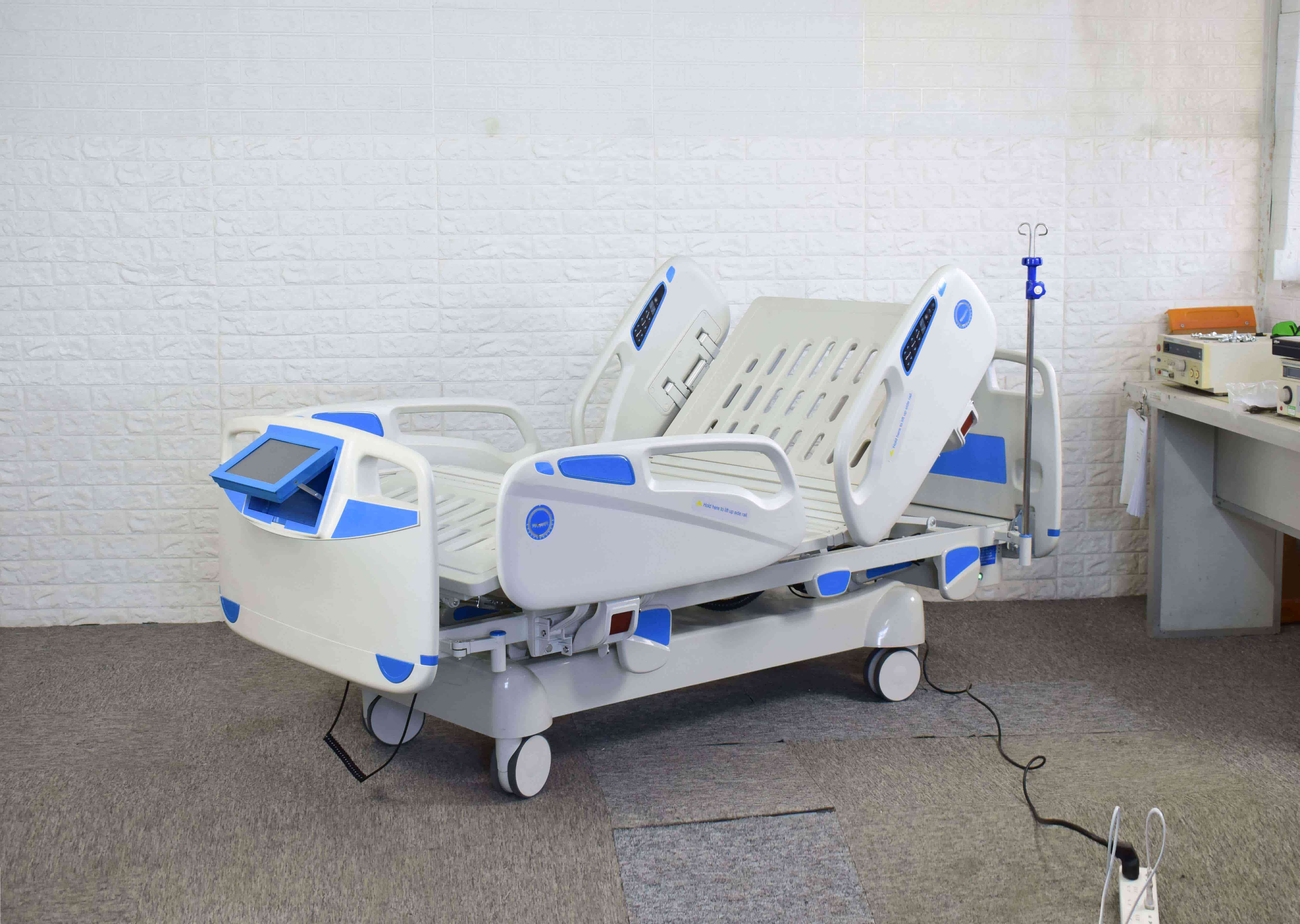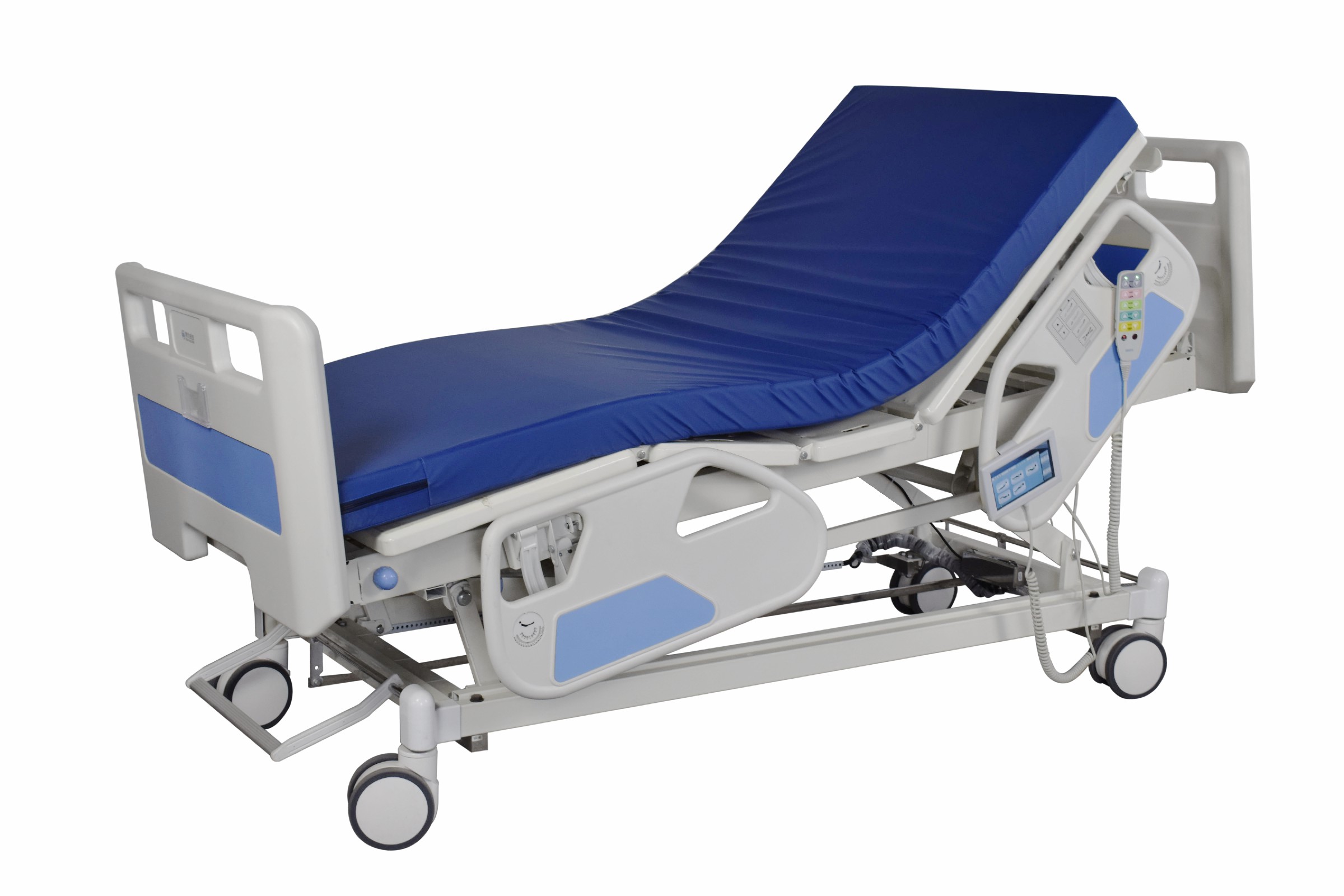Welcome to our websites!
Alternating Pressure Mattress for Hospital Bed - Ultimate Pressure Relief & Anti-Sore Support
- Introduction to Alternating Pressure Mattress for Hospital Bed: Importance and Use Cases
- Technological Advancements in Pressure Relief Mattress for Hospital Bed
- Comparative Analysis: Anti Pressure Sore Mattress Manufacturers
- Custom Solutions for Pressure Ulcer Prevention
- Clinical Applications and Case Studies
- User Experience and Quality of Care Improvements
- Conclusion: Why Choose an Alternating Pressure Mattress for Hospital Bed

(alternating pressure mattress for hospital bed)
Introduction to Alternating Pressure Mattress for Hospital Bed: Importance and Use Cases
Alternating pressure mattresses for hospital beds have become an essential tool in modern patient care, especially for individuals at risk of developing pressure ulcers, also known as bedsores. These specialized surfaces play a critical role in both the prevention and management of pressure injuries in clinical settings. The rise of immobility-associated complications in healthcare requires mattress solutions proven to reduce the incidence of pressure ulcers by dynamically redistributing force across the body's vulnerable areas. According to the US Agency for Healthcare Research and Quality, hospital-acquired pressure ulcers affect nearly 2.5 million patients annually in the United States, leading to extended stays and increased treatment costs. As a result, the demand for pressure relief mattresses for hospital beds has risen sharply, prompting extensive research and innovation from manufacturers worldwide. This article examines the technologies, vendor offerings, customization options, and meaningful application scenarios that set today’s alternating pressure mattress solutions apart in the competitive landscape.
Technological Advancements in Pressure Relief Mattress for Hospital Bed
Modern pressure relief mattresses for hospital beds employ advanced technologies to ensure superior pressure redistribution and patient comfort. The core mechanism involves alternating inflation and deflation of air cells within the mattress, stimulated periodically, which helps mimic spontaneous movement for bed-bound patients. This constant movement relieves localized pressure at key anatomical sites such as the sacrum, heels, and shoulders.
Additionally, cutting-edge models utilize microprocessor-controlled pumps, low-air-loss systems, and multi-zone surfaces to further enhance efficacy. For instance, dual therapy systems combine alternating pressure and low-air-loss functions, delivering both dynamic pressure variation and enhanced microclimate management, essential for moisture control. The integration of antimicrobial materials, medical-grade PVC, and seamless weld construction greatly reduces infection risks and improves hygiene. Research indicates that technologically enhanced anti pressure sore mattress solutions can decrease the formation of Stage II-IV pressure ulcers by up to 60% compared to traditional static mattresses (Journal of Clinical Nursing, 2019).
Comparative Analysis: Anti Pressure Sore Mattress Manufacturers
The competitive market for anti pressure sore mattress products features leading brands that excel in innovation, durability, and cost-effectiveness. Below is a comparative overview of notable manufacturers, showcasing differences in product features, support, and performance.
| Manufacturer | Key Features | Warranty | Average Ulcer Reduction Rate | Customer Support | Price Range |
|---|---|---|---|---|---|
| Hill-Rom | Microclimate control; Multi-zone technology; Silent pump | 5 Years | up to 55% | 24/7 Helpline | $1,900 – $3,400 |
| Stryker | Low-air-loss; Continuous pressure monitoring; Modular design | 4 Years | up to 60% | On-site support | $2,100 – $3,900 |
| Invacare | Adjustable firmness; Removable covers; Lightweight | 3 Years | up to 50% | Email & Phone | $1,200 – $2,600 |
| Arjo | Silent alternating mode; Enhanced side support; Easy cleaning | 5 Years | up to 58% | Standard hours | $2,400 – $4,200 |
| Drive Medical | Budget-friendly; Basic alternating cycles; Compact pump | 2 Years | up to 45% | Email support | $850 – $1,600 |
While all vendors deliver significant pressure relief, facilities often select solutions based on a blend of clinical requirements, budget constraints, and after-sale support, ensuring each mattress meets the specific needs of patient populations.
Custom Solutions for Pressure Ulcer Prevention
In acute and long-term care environments, sourcing a one-size-fits-all mattress can be limiting. Leading manufacturers now offer tailored anti pressure sore mattress systems to meet clinical and operational demands. Customization efforts focus on factors such as foam density, air cell configuration, mattress dimensions, and patient weight capacities.
Hospitals with high-acuity patients, such as those in spinal injury or critical care units, can benefit from mattresses equipped with integrated patient movement tracking or automated pressure mapping to alert caregivers when repositioning is necessary. Pediatric units, meanwhile, require scaled-down units with gentler cycling intervals. Many vendors facilitate trial periods, remote consultations, and site-specific training to help facilities get the most out of their pressure relief mattress investments.
Recent advancements include IoT-enabled beds where alternating pressure mattresses communicate data wirelessly to electronic health records for continuous risk assessment. With these options, the pressure ulcer risk-reduction protocol can be customized and dynamically adjusted, resulting in rapid response to patient needs.
Clinical Applications and Case Studies
The efficacy of alternating pressure mattress systems is most evident in real-world healthcare settings. According to a multicenter randomized controlled trial involving 1,742 patients in tertiary hospitals, facilities that deployed advanced pressure relief mattresses for hospital beds documented a 19% reduction in pressure ulcer prevalence after six months, compared to those using standard foam mattresses (International Wound Journal, 2018).
One notable case is the Sunrise Medical Center, where introduction of high-end anti pressure sore mattresses led to a drop in annual pressure injury rates from 8.6 to 3.5 per 1,000 patient days. These outcomes translated into substantial savings for the facility, including an estimated $120,000 reduction in annual treatment costs and over 1,350 inpatient days saved due to fewer ulcer-related complications.
In long-term care environments, custom alternating pressure mattress systems have been particularly effective for bariatric and elderly patients, with personalized mattress adjustments based on patient data. This has been correlated with measurable improvements in both comfort scores and wound healing rates, helping facilities achieve top-tier accreditation and compliance with regulatory standards.
User Experience and Quality of Care Improvements
Beyond objective clinical outcomes, patient and caregiver experience is a critical factor driving the adoption of advanced pressure relief solutions. Patients consistently report improved sleep quality, reduced heat retention, and lower rates of skin irritation when using alternating pressure mattress systems compared to traditional static surfaces.
Caregivers benefit from automated systems that minimize the frequency of manual repositioning, freeing staff to focus on other aspects of care. According to a facility survey conducted across five nursing homes, staff satisfaction with anti pressure sore mattresses rose by 38% once manual turning duties were reduced. Maintainers also encounter fewer issues with advanced models due to easy-to-clean materials and robust design, leading to longer equipment lifespans and lower maintenance costs.
Patient dignity and independence improve when mobility is facilitated, and many families express appreciation for adjustable and quiet-running mattress features. Aggregated data from leading healthcare providers suggests that enhanced comfort and pressure management also correlate with improved healing outcomes and overall patient morale.
Conclusion: Why Choose an Alternating Pressure Mattress for Hospital Bed
In summary, an alternating pressure mattress for hospital bed
settings provides unparalleled benefits for both patients and healthcare professionals. The combination of next-generation pressure relief technology, proven clinical results, and versatile customization options positions these mattresses as the gold standard in pressure ulcer prevention and wound management.
From sophisticated low-air-loss systems and integration with electronic records to the reassuring support of leading manufacturers, facilities gain significant advantages in risk reduction, long-term cost savings, and improved patient experiences. As regulatory requirements tighten and patient-centric care remains a top priority, investing in a high-quality pressure relief mattress for hospital bed applications is a decision that yields both immediate and lasting rewards.

(alternating pressure mattress for hospital bed)
FAQS on alternating pressure mattress for hospital bed
Q: What is an alternating pressure mattress for hospital bed?
A: An alternating pressure mattress for hospital bed is a specialized air mattress that periodically inflates and deflates different sections to reduce pressure on the patient's body. This helps prevent bedsores and enhances patient comfort during prolonged bed rest. Hospitals use them especially for immobile or high-risk patients.Q: How does a pressure relief mattress for hospital bed work?
A: A pressure relief mattress for hospital bed redistributes body weight by varying air pressure across the mattress surface. This reduces sustained pressure on vulnerable areas, helping to prevent pressure sores. It's commonly used for patients at risk of developing ulcers.Q: Who should use an anti pressure sore mattress?
A: Anti pressure sore mattresses are recommended for patients who are bedridden or have limited mobility. These mattresses help prevent the development of pressure ulcers by reducing continuous pressure on the skin. They are widely used in hospitals and long-term care settings.Q: Are alternating pressure mattresses easy to set up on a hospital bed?
A: Yes, alternating pressure mattresses are designed for easy installation on standard hospital beds. Most models come with a pump and instructions for quick setup. Hospital staff can assemble and adjust them within minutes.Q: Can a pressure relief mattress be used at home instead of in a hospital?
A: Yes, a pressure relief mattress for hospital beds can also be used at home for patients needing pressure sore prevention. Home caregivers often choose these mattresses for bedridden family members. Just ensure the bed is compatible with the mattress system.-
Transforming Healthcare with Hospital FurnitureNewsJun.24,2025
-
Rehabilitation EquipmentNewsJun.24,2025
-
Mobility and Independence with WheelchairsNewsJun.24,2025
-
Freedom of Mobility with Our Rollator WalkersNewsJun.24,2025
-
Comfort and Independence with Commode ChairsNewsJun.24,2025
-
Bathing Safety and Independence with Shower ChairsNewsJun.24,2025
-
Navigating the Wholesale Landscape of Electric Mobility Solutions: Key Considerations for Power Wheelchair DealersNewsJun.10,2025


